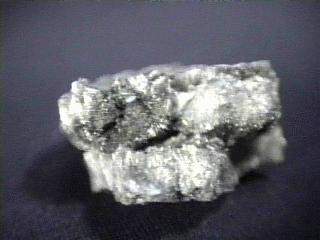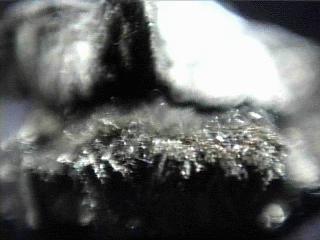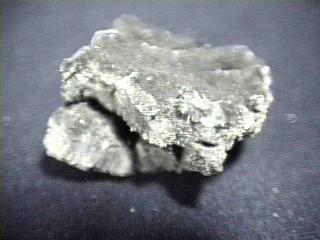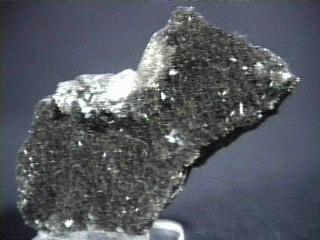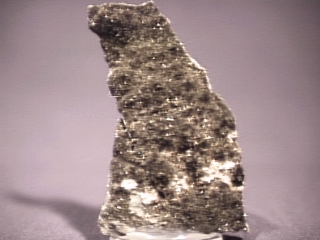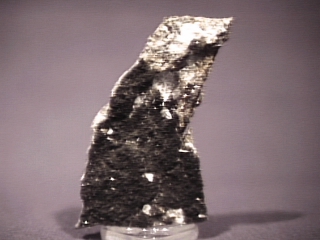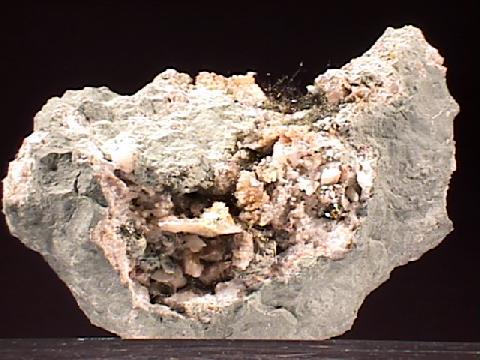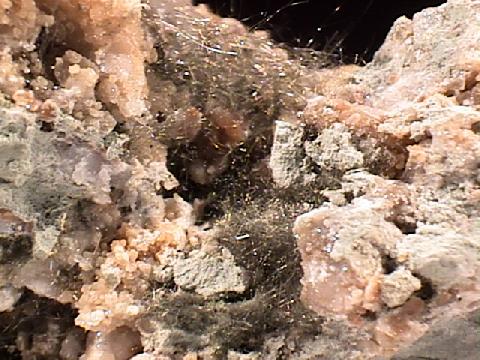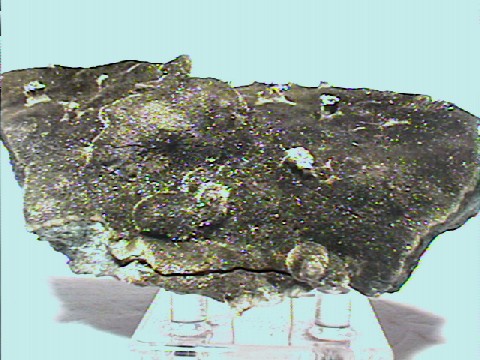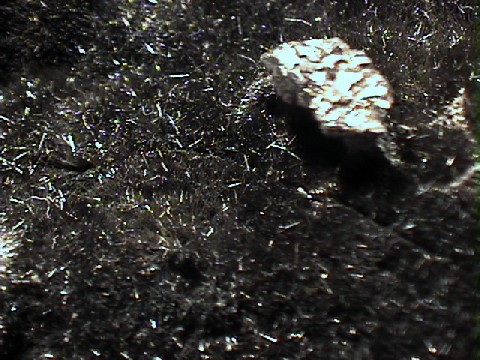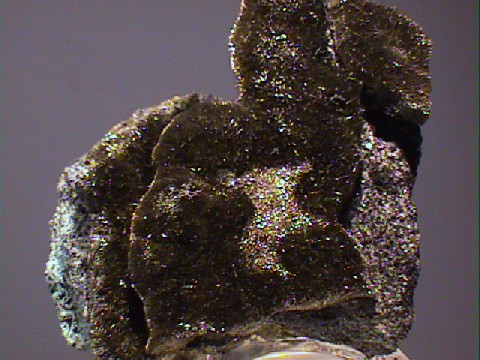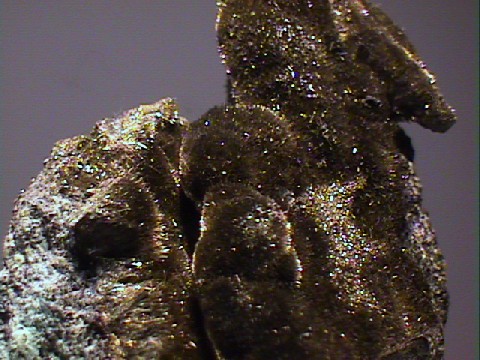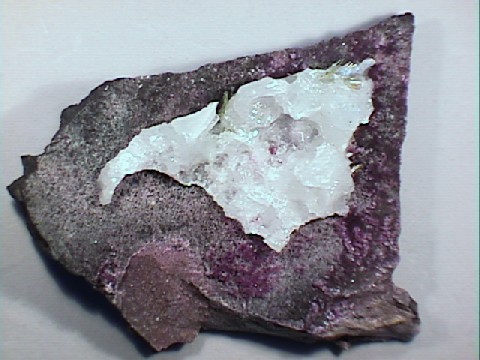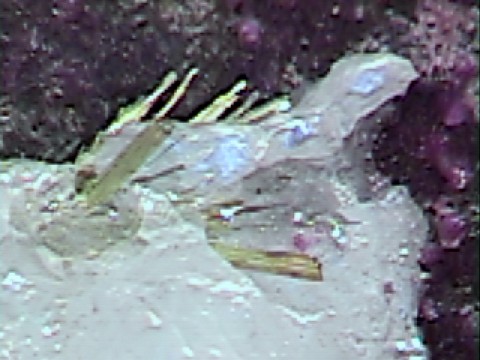 THE MINERAL MILLERITE
THE MINERAL MILLERITE
- Chemistry: NiS, Nickel Sulfide
- Class: Sulfides and Sulfosalts
- Uses: Mineral specimens and as a very minor ore of nickel.
Specimens
The oxide rutile and the silicate elbaite, a tourmaline, are two other minerals that can be mistaken for millerite when they form acicular sprays of crystals. Millerite's environments of formation, mainly in hydrothermal replacement deposits and in limestone and dolomite cavities and associated geodes, usually serve as the best way to distinguish it from the aforementioned minerals.
It is a real bonus to quartz geode collectors from Indiana to Kansas to open up a geode and find a spray of brassy millerite crystals tucked inside. It is postulated that the source of the nickel for the millerite that is found in these geodes is somehow derived from a meteoritic origin. Perhaps nickel, dissolved from iron-nickel meteorites, leached into the geodes by way of ground water and found an environment suitable for the formation of millerite crystals. Speaking of meteorites, millerite is one of several minerals that is routinely found (albeit in scarce quantities) within iron-nickel meteorites.
Millerite is also called "Capillary Pyrite" since it has a brassy yellow color that is close to the color of pyrite and forms the trademark capillary crystals. When found as brassy sprays inside of sparkling clear quartz geodes, millerite can make a wonderfully attractive and interesting mineral.
PHYSICAL CHARACTERISTICS:
- Color is brassy yellow .
- Luster is metallic.
- Transparency Crystals are opaque.
- Crystal System: Trigonal; bar 3 2/m
- Crystal Habits include aggregates of acicular (hair-like) or capillary crystals. The aggregates form radial sprays or randomly dispersed individual hairs. Also seen as fibrous coatings and rarely found in granular masses. Millerite is one of several minerals that is found in iron-nickel meteorites.
- Cleavage is perfect in several directions but is rarely discernible due to the extremely thin crystals.
- Fracture is uneven.
- Hardness is 3 - 3.5
- Specific Gravity is 5.3 - 5.5
- Streak is dark green to almost black.
- Other characteristics: may tarnish to a gray color and crystals can be attacked by acids.
- Associated Minerals
calcite,
quartz,
dolomite,
bravoite (basically a nickel-rich pyrite), chalcopyrite, grossular, fluorite and pyrrhotite. - Other Characteristics: crystals are not flexible and are brittle.
- Notable Occurrencesinclude south central Indiana, Keokuk, Iowa, Gap Mine, Pennsylvania and Sterling Mine, New York, USA; Freiberg, Germany; Glamorgan, Wales, England and Sherbrooke and Planet Mines, Quebec.
- Best Field Indicators crystal habit, associations and environment, color and luster.

